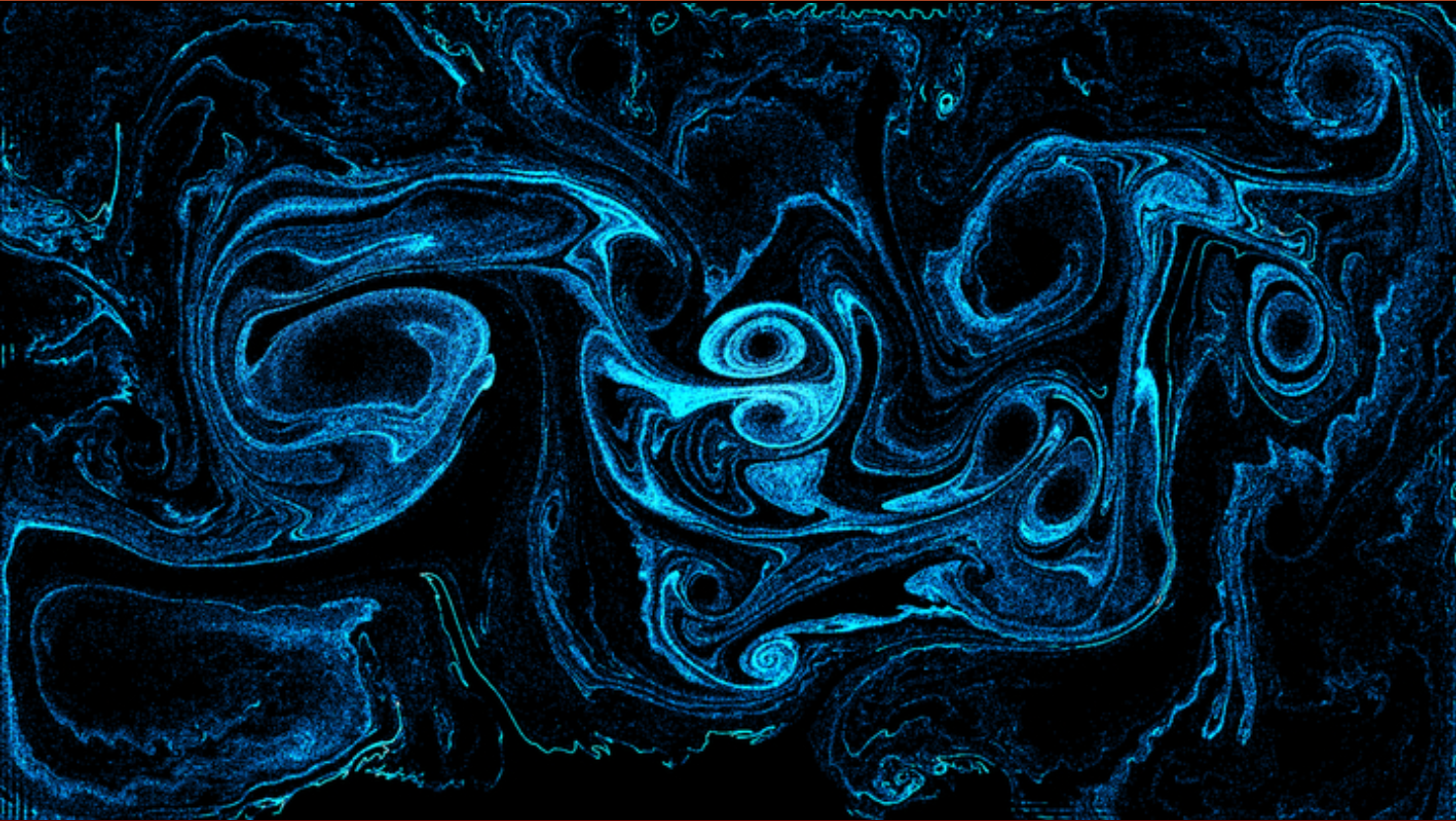Virtual gallery (Zoom)
Link to virtual gallery: https://uni-sydney.zoom.us/j/4540987931?pwd=ditxTFRiMEMwOFJsQ0UwZFZsbzRsUT09
Password: 048761
If you wish to directly interact,
download the client user interface (for Mac OS) here!
download the client user interface (for Windows x64) here!
download the client user interface (for Windows x32) here!

Location: The Connection, Rhodes
The Tank is an immersive, visual-focused urban prototype that exists in a particularly challenging time for the global community, facing widespread social challenges imposed by the COVID19 pandemic alongside the progressively worsening situation surrounding climate change. This digital placemaking initiative thus aims to provide an empowering experience to the wider community about climate change through the motif of water, its elegance and beauty. It delivers a symbolic message about the value of the natural environment, inspiring individuals to make sustainable choices to preserve it in a time where climate change posits a looming threat to the survival of all life on the planet.
The Tank was developed as a simulated urban prototype using Processing and several supporting libraries, including PixelFlow, oscP5, OpenCV, v3ga, and Keystone. This concept was targeted to deploy at a location called The Connection, a waterside recreational and educational facility in the suburb of Rhodes. The Tank features two partially overlapping interaction zones in a hybrid thoroughfare-plaza area with projections on each side, each depicting the users’ spatial positioning and analysed movements as a dynamically moving spawn point for fluid particles that represent water.

The simulation was developed in lieu of a physically deployed solution due to the constraints from COVID19. While users can interact using mouse-based movements through the Pilot Lights client-server framework, the physically deployable solution would ideally employ two Kinect sensors to analyse movements within the space for the two projections. The simulated exhibition provides the core experience of the digital placemaking solution, presented as a mockup of the system that focuses on multi-user interactions in a virtual 3D environment. While not facilitating the more elaborate Kinect skeleton tracking system that was initially planned for this solution, the development of a simulated prototype provided valuable insights into conceptual and technical development that can be of use if developing this concept further towards a physically deployable digital placemaking solution.
